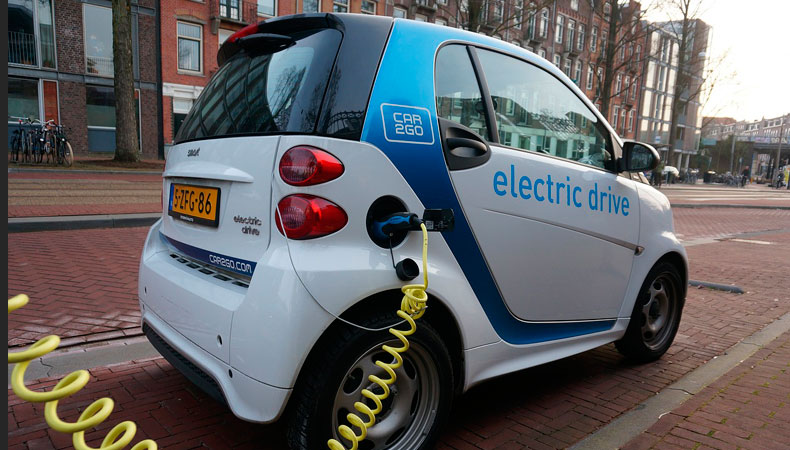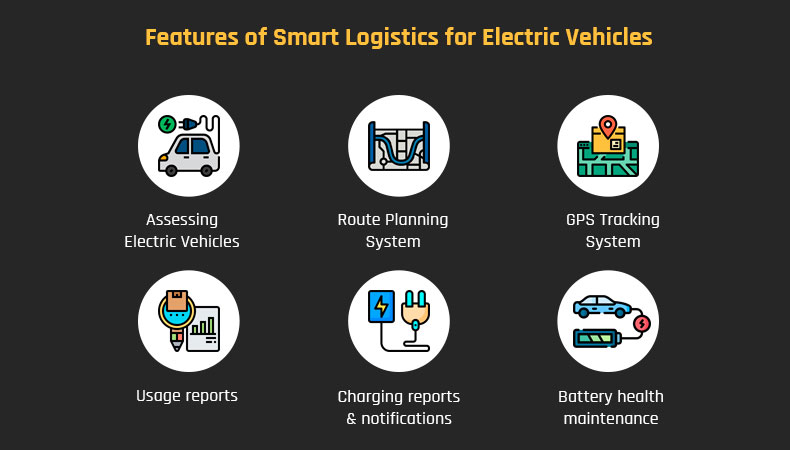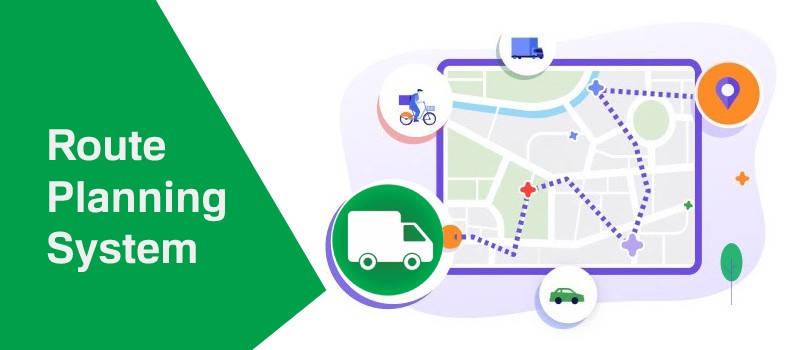Fleet Management Systems for Electric Vehicles

Due to safety concerns for the environment, traditional vehicles that run on petroleum and CNG (compressed natural gas) have been criticized. But supply chains in most parts of the world still use vehicles that run on such fuel. Electricity has been proposed as the new alternative for this problem. Changing the fuel systems also means changing the logistics tracking system to deal with the challenges that are unique to the new fuel. Artificial intelligence(AI) and Machine learning (ML) have been used to increase the efficiency with which logistics can operate on electric locomotives.
Long-range electric locomotive use in logistics has been a new thing and technology has taken time to adapt to the new power source. Things like battery capacity monitoring and vehicle load monitoring have been some of the solutions introduced. Additionally, new features like vehicle health reports are carefully assessed using new technology. All this is done because petroleum fuels have several disadvantages when compared to electric or hybrid vehicles.

Following are some of the differences between Traditional fuel and vehicles that run on electricity
- Electric vehicles (EV) are very environmentally friendly. The cars while in operation do not emit any tailpipe emissions. Traditional petroleum fuel is very harmful to the environment
- Petroleum is a non-renewable fuel that is going to be exhausted in a couple of decades. Electricity is a completely renewable fuel.
- Petroleum fuel costs more than electric fuel but is more powerful than the latter as battery technology has not caught up to the required efficiency
- Vehicles that run on electricity have fewer maintenance issues than traditional vehicles.
- The maximum electric engine efficiency has not yet been attained by current technology. maximum efficiency by using petroleum fuel has already been established.
Features of Smart Logistics for Electric Vehicles

For businesses that are willing to invest in technology that will help integrate electric locomotives in the fleet, there is a huge financial advantage. Advanced tools like Artificial intelligence can integrate many parameters that such locomotives depend on and reduce failures. Delivery tracking software must take care of many situations including unpredictable events that might disturb the supply chain. This is why the following smart features are essential for an all-electric fleet.
- Assessing Electric Vehicles
- Route Planning System
- GPS Tracking System
- Usage reports
- Charging reports and notifications
- Battery health maintenance
Each feature is explained in detail below.
Assessing Electric vehicles
Incorporating electric locomotives in the fleet is the first step to making a supply chain fleet environmentally friendly and better than before. Softwares will help in making this decision and will choose suitable vehicles in each fleet. The Cost-effectiveness, carbon footprint and other aspects are analyzed. The result is the electrification of the fleet without compromising logistics operation capacity. The fleet management is done in most part by the software and the administrators need only watch over the software.
Route Planning System
It is one of the most important tools that EV management software has. It helps to increase the efficiency of the system tremendously. This is important because this is one of the important disadvantages electric locomotives have over petroleum vehicles.

Route planner takes care of many different parameters like traffic, route distance and individual vehicle parameters to select the best route to increase efficiency. The route planning system is automatic and the delivery agent is automatically presented with the most efficient route. The system runs through all the parameters again if a different route is selected by the agent for any reason.
GPS Tracking System
Just like with petroleum fuel vehicles, GPS-enabled vehicle tracking is used on individual electric locomotives to identify and track the vehicle. The tracking system sends real-time position and vehicle health data to admins. The success and speed of delivery are maintained by studying the delivery area beforehand. The GPS tracker also helps the supply chain crew to easily find the vehicle if it is damaged to go do maintenance services. The GPS system points the accurate delivery location to the drivers and allows for quick route changes should a different order become a priority.
Usage Reports
Parameters like mileage, instrument wear and tear and the number of deliveries per vehicle are tracked and stored as analytics data by the software. Last-mile delivery involves the delivery of the product to the end customer either to an individual or a business. It is regarded as the most important part of the delivery process, and usage reports are absolutely essential for making that process go smoothly. The reports also go into improving the supply chain’s productivity and energy efficiency.
Charging Reports and Notifications
New technology has been developed to take reports of the charging status of the vehicles. The software monitors the charge on the vehicles in real-time. The supply chain is kept going by sending notifications to the drivers and the administrators. Warning messages also appear when the driver tries to take routes that may deplete the vehicle of charge. The reports are made and retrieved when the need arises.
Battery Health Maintenance
Battery health is very important for electric locomotives and a separate unit in the software monitors the health of the battery. It is maintained by checking the charging and discharging rates of the battery over many cycles. The AI makes sure that best practices are followed when the vehicle is running to ensure its longevity. When the battery is no longer viable under the work requirement conditions, it is replaced with a new one. This is possible because notification of its health is updated to the business in time.
Conclusion
Vehicles that run on renewable fuels are all set to take over the logistics fleet. They not only help the environment but are as good as traditional vehicles in speed and efficiency. Moreover, there are various software that help integrate such vehicles into the fleet. This makes them fit easily in the supply chain and be productive. Deliforce is a very good delivery management software that helps make businesses easy by tracking delivery agents in real-time and providing all the analytics to the business administrators.





